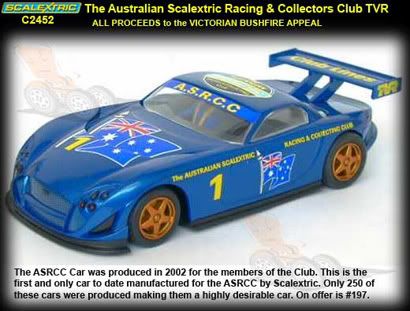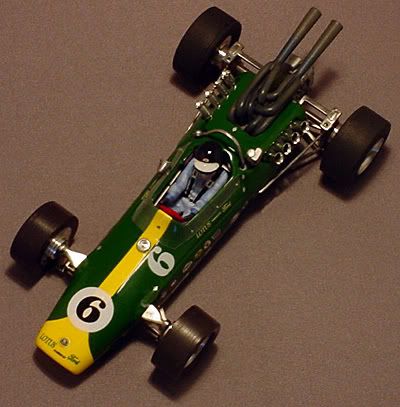
The
Beardog Racing Lotus 34 has been a labour of love. Finding the reference has taken many hours of research and surfing Slotforum and the web. Again only 50 will be produced, complete with decals to assemble either the car as it is now in the Parnelli Jones museum, or as it raced in the1964 Indianapolis 500.
Colin Chapman built three Lotus 34's for the Indianapolis 500 in 1964, each one had the same specifications, Engine: V8, dual overhead camshafts per bank, fuel injected, 255ci. 475bhp at 8,250rpm; Gearbox: ZF two-speed, Suspension: four wheel independent; Chassis: offset to left of centerline by 2 3/8 inches; Brakes: four wheel disc. Single seat speedway racing car. All three were entered by the works team. All three cars were used in practice.
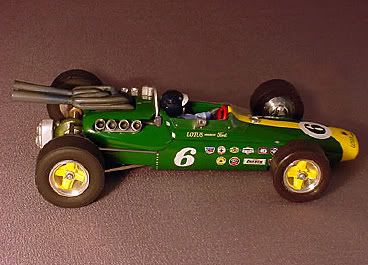
Team Lotus, showed up in 1963 with the then-new (and very controversial!) 15" Firestone tires, but for 1964, Colin Chapman (over the objections of Ford!) brought Dunlop to the Speedway, apparently for the contingency money, depending on whose account you read. Dunlop apparently did not figure on the sustained high speeds of Indy, especially when compared to their normal venue of road racing, and supplied tires with treads that were either too thick, too soft, or both.
The car modeled is the car that Jim Clark raced at the 1964 Indianapolis 500, earning the pole position with a speed 159.337 which was 7 mph faster than the lap record. During the race Jim had severe problems with the Dunlop tyres and only completed 44 laps. His car experienced tread "chunking" midway into the event, which quickly developed into the tread peeling off the tire, the resultant imbalance and extreme vibration breaking the left side rear suspension, and ending his race prematurely.
Beardog kits are available with everything you need to build a very unusual Slot Car. All components are ala carte, Body kit, 4 different motor choices, Chassis kit, Wheels and world renowned Ortman Tyres are all available, so that the customer can build a fast competitive racing slot-car, or a beautiful shelf queen with a full length driver and interior.
BODY KIT COMPONENTS:Resin Parts: Body, Driver figure, Driver head, Seat and Dashboard, Engine Intake manifolds and Exhaust, Gearbox Transaxle, 4 Wheel Inserts.White Metal parts : Fuel fillers, Steering wheel, Engine Transistor Box, Roll Bar, 8 fuel Injection Trumpets,Polycarbonate Windscreen, and a comprehensive Decal sheet featuring two styles of race numbers, for practice, race and as the car appears now, Instruments Dials, Rivet Details, Dutz Fasteners, Seatbelts, Lotus Decals, Racing Stripe, and full sponsor decals.
Each body kit comes complete with full color history and photos of all three Lotus 34's.
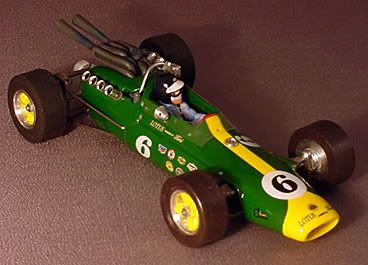
THE CHASSIS KIT: Spring Steel Chassis kit with assembly guide, Drill blank 3/32” Rear axle, Rear axle Oilite Bearings, 16G piano wire front axle and brass tubing for front wheel retainers, Guide flag, Pick up braids, Silicon leadwire and ferrules, Precision Crown Gear, and Optional Rear Axle Ballrace Set.63 with the then-new (and very controversial!) 15" Firestone tires, but for 1964, Colin Chapman (over the objections of Ford!) brought Dunlop to the Speedway, apparently for
MOTOR PACKS: No less than 4 motor pack options are available from mild to wild.
WHEELS AND TYRES: Superb quality aluminium wheels and world renowned Ortman Tyres.
FURTHER INFORMATION IS AVAILABLE BY CONTACTING CHRIS WRIGHT AT: beardogracing@comcast.net or visiting
www.beardogracing.netANDY BROWN-SEARLE AT abSlotsport@aol.com or visiting www.abslotsport.com
















 Hydrogen fuel cell-powered Honda FC Sport design study model shown at the 2008 Los Angeles Auto Show (November 19, 2008).
Hydrogen fuel cell-powered Honda FC Sport design study model shown at the 2008 Los Angeles Auto Show (November 19, 2008).


 Being someone about 181cm tall, I was quite happy in the driver’s seat of the City. Everything was quite ergonomic, from steering position to seat height and position. The storage compartments are also easy to use and the little storage area under the driver side air cond vent is quite usable for your Touch N Go card as its slant prevents the card from sliding out of the compartment. The fuel tank is located under the front seats so there’s not much room for you to install your aftermarket ICE amplifiers there.
Being someone about 181cm tall, I was quite happy in the driver’s seat of the City. Everything was quite ergonomic, from steering position to seat height and position. The storage compartments are also easy to use and the little storage area under the driver side air cond vent is quite usable for your Touch N Go card as its slant prevents the card from sliding out of the compartment. The fuel tank is located under the front seats so there’s not much room for you to install your aftermarket ICE amplifiers there.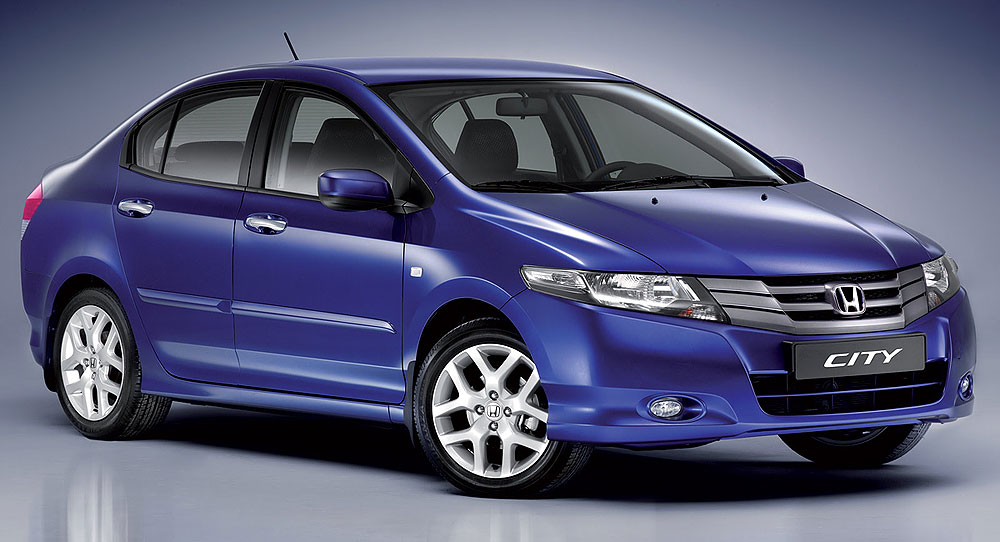

 While the design of the City is not perfect, it’s way better looking than the odd hatchback with a boot slapped previous generation City. It’s also got a more classic sedan look to it with none of that A-pillar triangular window stuff. A sports sedan to be exact. I still like the shape as much as I did when I first saw it on the spyshots on the internet, especially the white one transported in China. It’s just too bad Honda isn’t offering the car in white here, in fact there are no white Hondas on sale except for the Type R, but I was told white is being added to the CKD paint process soon.
While the design of the City is not perfect, it’s way better looking than the odd hatchback with a boot slapped previous generation City. It’s also got a more classic sedan look to it with none of that A-pillar triangular window stuff. A sports sedan to be exact. I still like the shape as much as I did when I first saw it on the spyshots on the internet, especially the white one transported in China. It’s just too bad Honda isn’t offering the car in white here, in fact there are no white Hondas on sale except for the Type R, but I was told white is being added to the CKD paint process soon.


